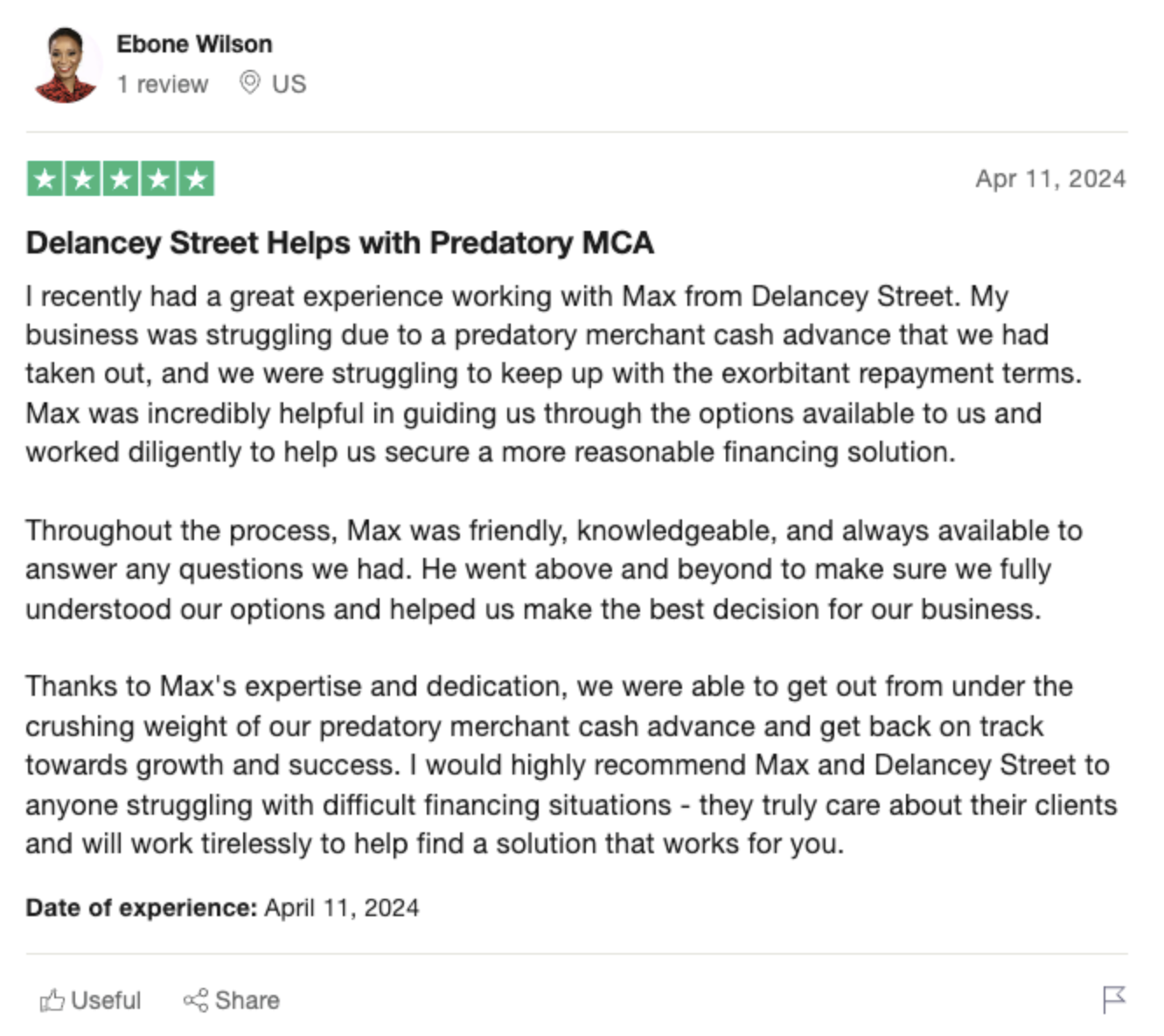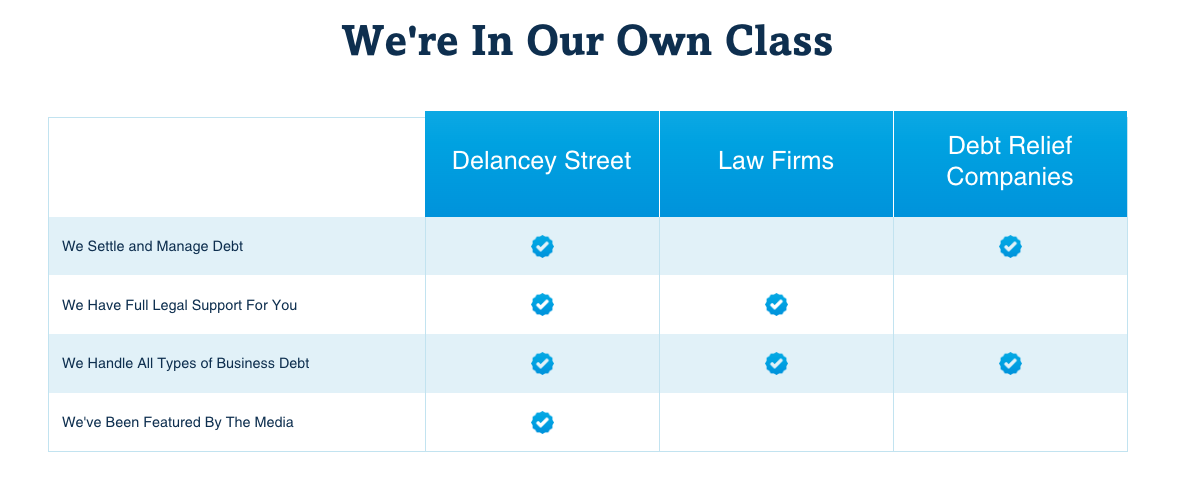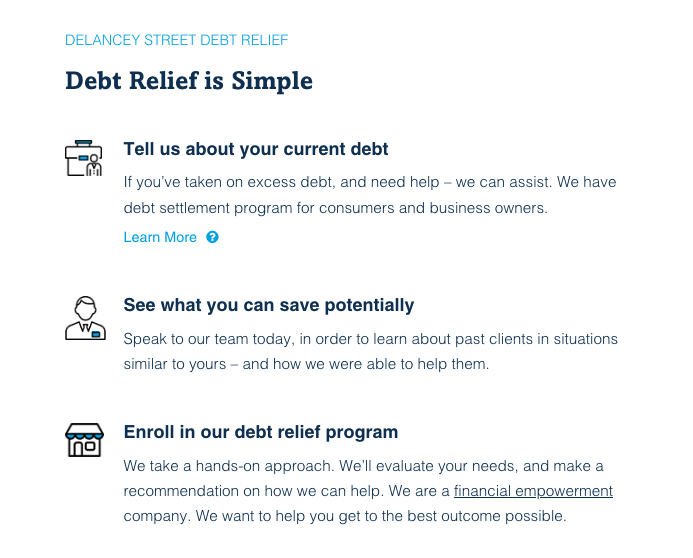Mastering Credit Card Debt: A Comprehensive Guide
The Harsh Reality of Plastic Debt
Let’s be blunt – credit card debt is a vicious cycle that can quickly spiral out of control. It starts innocently enough; you swipe that little plastic rectangle for a few purchases here and there. Before you know it, the minimum payments are piling up, and you’re drowning in high interest rates that make it nearly impossible to stay afloat. We’ve all been there, folks. But fear not, because we’re about to equip you with the tools to conquer this beast once and for all.
Understanding the Root Causes
To effectively tackle credit card debt, we need to understand what led us down this treacherous path in the first place. Was it a loss of income? Unexpected medical bills? Or perhaps a case of good ol’ fashioned overspending? Whatever the reason, it’s crucial to identify the underlying issue so we can address it head-on. After all, you can’t fix a leaky faucet without first turning off the water supply.
 -
-The Debt Snowball Method: A Proven Strategy
Now, let’s dive into one of the most effective methods for eliminating credit card debt: the debt snowball. Here’s how it works:
- List out all your debts from smallest to largest, regardless of interest rates.
- Focus on paying off the smallest debt first, while making minimum payments on the others.
- Once the smallest debt is paid off, roll that payment amount onto the next smallest debt, creating a “snowball” effect.
- Repeat this process until all debts are eliminated.
The beauty of this method lies in its psychological impact. As you knock out those smaller debts one by one, you’ll gain momentum and motivation to keep going. It’s like a debt-crushing domino effect, and trust me, it feels incredible.
Negotiating with Creditors: A Powerful Tool
Did you know that creditors would often rather receive a lump sum payment than risk getting nothing at all? This is where negotiation comes into play. By reaching out to your creditors and explaining your financial situation, you may be able to strike a deal and settle your debt for a fraction of what you owe.Now, I know what you’re thinking: “But Dave, I’m not exactly a smooth-talking negotiator.” Fear not, my friends. We’ve got a few tricks up our sleeves:
- Know your rights: Familiarize yourself with the Fair Debt Collection Practices Act (FDCPA) and the Telephone Consumer Protection Act (TCPA). These laws protect you from harassment and unfair practices by debt collectors.
- Get it in writing: Any agreement you reach should be documented in writing to avoid any misunderstandings down the line.
- Stick to your guns: Creditors may try to lowball you or pressure you into accepting an unfair deal. Stand firm and be prepared to walk away if necessary.
Remember, negotiation is an art form, and with a little practice (and a lot of confidence), you’ll be a master debt-slayer in no time.
 -
-The Power of Balance Transfers: A Strategic Move
If you’re dealing with multiple credit cards and high interest rates, a balance transfer could be a game-changer. Here’s how it works:
- Apply for a new credit card with a low (or even 0%) introductory APR on balance transfers.
- Transfer your existing balances to this new card, effectively consolidating your debt.
- Enjoy the lower interest rate for the introductory period, which can range from 6 to 18 months.
- Aggressively pay down the balance before the introductory period ends.
This strategy can save you a significant amount of money in interest charges, but it’s crucial to have a plan in place to pay off the balance before the introductory period expires. Otherwise, you’ll be right back where you started (or worse).
Seeking Professional Help: When to Call in the Experts
Sometimes, despite our best efforts, credit card debt can become overwhelming. If you find yourself in a situation where you’re struggling to make ends meet, it may be time to seek professional help. Here are a few options to consider:
- Credit counseling: Reputable credit counseling agencies can help you develop a debt management plan and negotiate with creditors on your behalf.
- Debt consolidation loans: These loans allow you to combine multiple debts into a single monthly payment, often at a lower interest rate.
- Bankruptcy: While this should be an absolute last resort, bankruptcy can provide a fresh start for those who are truly drowning in debt.
Remember, there’s no shame in seeking help when you need it. In fact, it’s a sign of strength and a commitment to taking control of your financial future.
Building a Solid Financial Foundation
Once you’ve conquered your credit card debt, it’s time to focus on building a solid financial foundation to prevent history from repeating itself. Here are a few key strategies:
 -
-- Create a budget: Knowledge is power, and a well-crafted budget will give you a clear understanding of your income, expenses, and spending habits.
- Build an emergency fund: Life has a way of throwing curveballs, and an emergency fund can help you weather those storms without relying on credit cards.
- Prioritize saving: Whether it’s for retirement, a down payment on a house, or a rainy day fund, make saving a non-negotiable part of your financial plan.
- Live below your means: It’s a simple concept, but one that can be challenging to put into practice. By living below your means, you’ll have more room to save and less temptation to rely on credit.
Remember, building a solid financial foundation is a marathon, not a sprint. But with discipline and perseverance, you’ll be well on your way to a debt-free future.
The Importance of Credit Monitoring
In today’s digital age, it’s crucial to stay on top of your credit report and monitor for any signs of identity theft or inaccuracies. Services like Credit Karma, Credit Sesame, and Annual Credit Report can provide you with free access to your credit reports and scores, making it easier to keep an eye on your financial health.
Seeking Legal Assistance: When Creditors Cross the Line
Unfortunately, some creditors and debt collectors can resort to unethical or even illegal tactics in their pursuit of payment. If you find yourself being harassed, threatened, or subjected to unfair practices, it may be time to seek legal assistance.At Spodek Law Group, our team of experienced attorneys is well-versed in consumer protection laws and can help you fight back against abusive creditors. We’ll work tirelessly to protect your rights and ensure that you’re treated fairly throughout the debt collection process.
 -
-The Road Ahead: Staying Motivated and Accountable
Conquering credit card debt is no easy feat, but the rewards are well worth the effort. Imagine the freedom of being debt-free, the peace of mind that comes with financial stability, and the sense of accomplishment that comes with taking control of your life.To stay motivated and accountable on this journey, consider enlisting the support of a friend or family member who can act as your accountability partner. Share your goals, celebrate your victories (no matter how small), and lean on each other during the tough times.You can also join online communities or forums dedicated to debt payoff, where you’ll find a wealth of support, advice, and inspiration from others who are walking the same path.
Conclusion: You’ve Got This!
Listen up, folks – credit card debt may seem like an insurmountable obstacle, but with the right strategies and mindset, you can conquer it once and for all. Remember, you’re not alone in this battle, and there’s an entire community of people cheering you on every step of the way.So, take a deep breath, roll up your sleeves, and get ready to slay that debt dragon. You’ve got this, and we’ve got your back. Let’s do this!
Additional Resources
- Reddit Personal Finance Community – A wealth of advice and support from fellow debt-slayers.
- Quora: Credit Card Debt – Explore questions and answers from experts and real people.
- Forbes: Credit Card Debt – Stay up-to-date with the latest news and strategies.
- Entrepreneur: Managing Debt – Insights for small business owners tackling debt.
- Law.com: Consumer Protection – Legal resources for dealing with abusive creditors.
Frequently Asked Questions
What if I can’t afford to pay even the minimum payments?
If you’re truly unable to make the minimum payments on your credit cards, it’s crucial to reach out to your creditors immediately. Explain your situation and see if they’re willing to work with you on a modified payment plan or temporary hardship program. Ignoring the problem will only make it worse in the long run.
How long does it take to pay off credit card debt using the debt snowball method?
The timeline for paying off credit card debt using the debt snowball method will vary depending on the total amount of debt you have and how aggressively you’re able to pay it down. However, many people see significant progress within the first year or two of implementing this strategy.
Can I negotiate with creditors on my own, or do I need a lawyer?
While it’s certainly possible to negotiate with creditors on your own, having an experienced lawyer on your side can be invaluable. Attorneys are well-versed in consumer protection laws and can help ensure that you’re not being taken advantage of during the negotiation process.
What’s the difference between a debt consolidation loan and a balance transfer?
A debt consolidation loan is a new loan that you take out to pay off multiple existing debts, effectively consolidating them into a single monthly payment. A balance transfer, on the other hand, involves transferring existing credit card balances to a new card with a lower introductory APR, allowing you to pay down the balance more quickly.
How can I rebuild my credit after paying off credit card debt?
Rebuilding your credit after paying off credit card debt takes time and discipline. Some strategies include:
- Making all future payments on time
- Keeping your credit utilization low (ideally below 30%)
- Becoming an authorized user on someone else’s well-managed credit card
- Applying for a secured credit card and using it responsibly
Remember, rebuilding credit is a marathon, not a sprint. Consistency and patience are key.
Tables and Visuals
Debt Snowball Example
| Debt | Balance | Interest Rate |
|---|---|---|
| Credit Card 1 | $1,500 | 22.99% |
| Credit Card 2 | $3,000 | 19.99% |
| Personal Loan | $5,000 | 12.00% |
| Student Loan | $10,000 | 6.80% |
In this example, you would focus on paying off Credit Card 1 first, while making minimum payments on the other debts. Once Credit Card 1 is paid off, you would roll that payment amount onto Credit Card 2, and so on.
Balance Transfer Example
| Current Debt | Balance | Interest Rate |
|---|---|---|
| Credit Card 1 | $5,000 | 24.99% |
| Credit Card 2 | $3,000 | 21.99% |
| New Balance Transfer Card |
|---|
| Balance: $8,000 |
| Introductory APR: 0% for 12 months |
| Regular APR: 16.99% |
In this example, you would transfer the balances from Credit Card 1 and Credit Card 2 to the new balance transfer card, effectively consolidating your debt at a 0% introductory APR for 12 months. This would give you a window of time to aggressively pay down the balance before the regular APR kicks in.
Credit Utilization Ratio
Credit Utilization RatioImage Source: Credit KarmaYour credit utilization ratio is the amount of revolving credit you’re using divided by the total amount of revolving credit you have available. It’s an important factor in determining your credit score, as a high ratio can negatively impact your score.
Final Thoughts
Alright, folks, that’s a wrap! We’ve covered a lot of ground today, from the debt snowball method to negotiating with creditors and everything in between. But the most important takeaway is this: you have the power to take control of your financial future.Remember, this journey isn’t about perfection – it’s about progress. There may be setbacks and stumbles along the way, but as long as you keep pushing forward, you’ll get there. And when you finally slay that credit card debt dragon, the sense of accomplishment will be sweeter than you can imagine.So, what are you waiting for? It’s time to roll up your sleeves and get to work. We’ll be here, cheering you on every step of the way.







